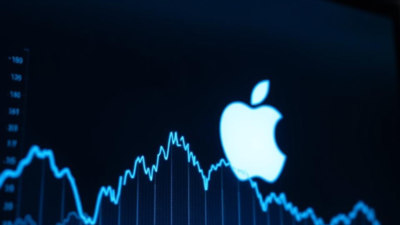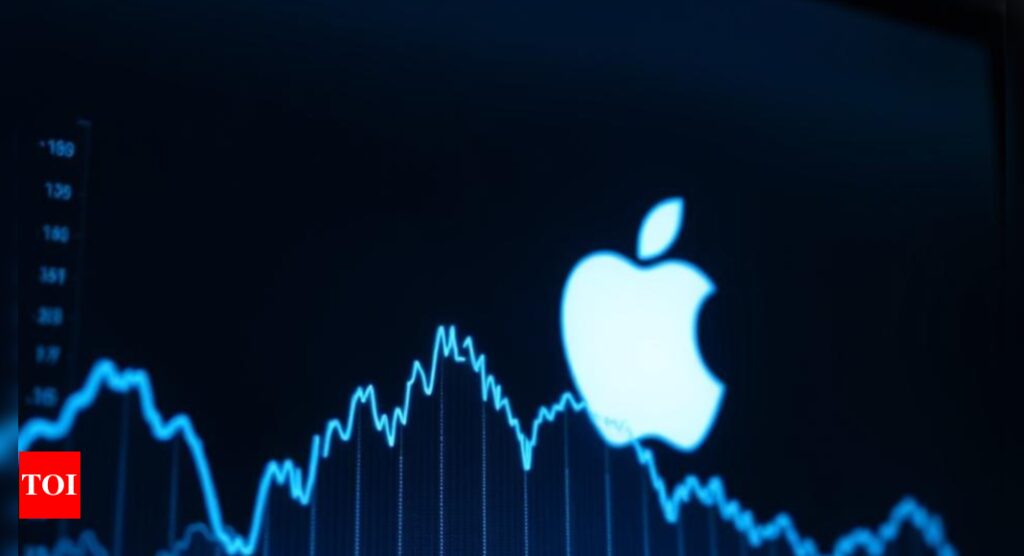
Technology stocks plunged on Thursday after President Donald Trump’s new tariff policies triggered widespread market panic.
Apple led the sharp decline among the “Magnificent Seven” tech stocks, dropping nearly 9%. The iPhone maker, which manufactures many of its devices in China and other Asian countries, is on track for its biggest drop since 2020, according to CNBC.
The tech-heavy Nasdaq Composite fell more than 5%, heading towards its worst performance in over five years. The index has dropped 14% year-to-date.
Other major tech companies also felt the impact. Meta Platforms and Amazon both dropped more than 7%, while Nvidia and Tesla slumped over 5%. Nvidia, which builds its chips in Taiwan and assembles artificial intelligence systems in Mexico, was especially hard-hit. Microsoft and Alphabet each fell around 2%.
Semiconductor stocks suffered as well, with Marvell Technology, Arm Holdings, and Micron Technology falling over 8%. Broadcom and Lam Research dropped 6%, while Advanced Micro Devices fell more than 4%. Personal computer makers Dell and HP saw significant losses, with both stocks falling over 16%.
The sell-off in tech stocks was part of a broader market downturn triggered by fears of a global trade war after Trump unveiled a blanket 10% tariff on all imported goods, along with higher duties targeting specific countries. The new tariffs were described by Trump as a “declaration of economic independence” for the U.S.
The tariff measures include a 34% tax on China, in addition to a previous 20% levy, a 46% duty on imports from Vietnam, and a 20% tariff on goods from the European Union. In response, China’s Ministry of Commerce called for the immediate cancellation of the tariffs and warned of “resolute counter-measures.”
The tariffs came at a difficult time for the tech-heavy Nasdaq, which had already experienced a tough quarter, with concerns about a weakening U.S. economy weighing on stocks. Trump, however, applauded some of the biggest tech companies for investing in the U.S., highlighting Apple’s plan to spend $500 billion over the next four years.














